As customer acquisition costs increase across the board – Facebook and Instagram ads, influencer marketing, affiliate marketing, and more – having an efficient sales funnel and conversion rate is even more important.
A higher conversion rate means more sales at a lower cost. In this guide, we’ll explain why conversion rate is so important and give you some helpful tips to optimize your marketing operation.
What is Ecommerce Conversion Rate?
The ecommerce conversion rate is simply the percentage of website visitors who make a purchase. So, if 100 people visit your site and three of them make a purchase, your conversion rate is 3%.
Before diving into 14 ways that you can improve your ecommerce conversion rate, let's first look at why conversion rate matters, and what a good conversion rate looks like.
Why Does Conversion Rate Matter?
Conversion rate is one of the most important key performance indicators (KPIs) for brands for two main reasons.
Firstly, it tells you how well your funnel is working. If your conversion rate is low, it means your landing pages and website are either poorly optimized or you’re simply not hitting your audience's pain points.
Secondly, the conversion rate impacts your overall profitability. If you have a very high conversion rate that likely means you’re doing a lot of things right, and you could increase prices or your advertising budget, in turn increasing top-line revenue.
What is a Good Ecommerce Conversion Rate?
A good ecommerce conversion rate will vary depending on a wide range of factors. Product category, season, price point, and more will all have an impact on your conversion rate.
According to Shopify, conversion rates tend to hover around 2.5% to 3%. While many factors contribute to a good conversion rate, what matters most is your customer acquisition costs, which determine profitability and sales efficiency.
We’ll go into more detail below, but keep in mind that while conversion rate is an extremely important metric to track and optimize, it’s not everything.
Calculating Ecommerce Conversion Rate
Here is the formula for calculating your ecommerce conversion rate:
In practice, a 10% conversion rate means that for every 10 people who visit your website, one person ends up buying something.
If you're looking to improve your numbers, here are 14 different strategies for you to test.
14 Strategies to Improve Ecommerce Conversion Rate
If you're striving to boost your website and digital marketing efforts, then these are the things you should be focusing on this year.
1. A Good Product
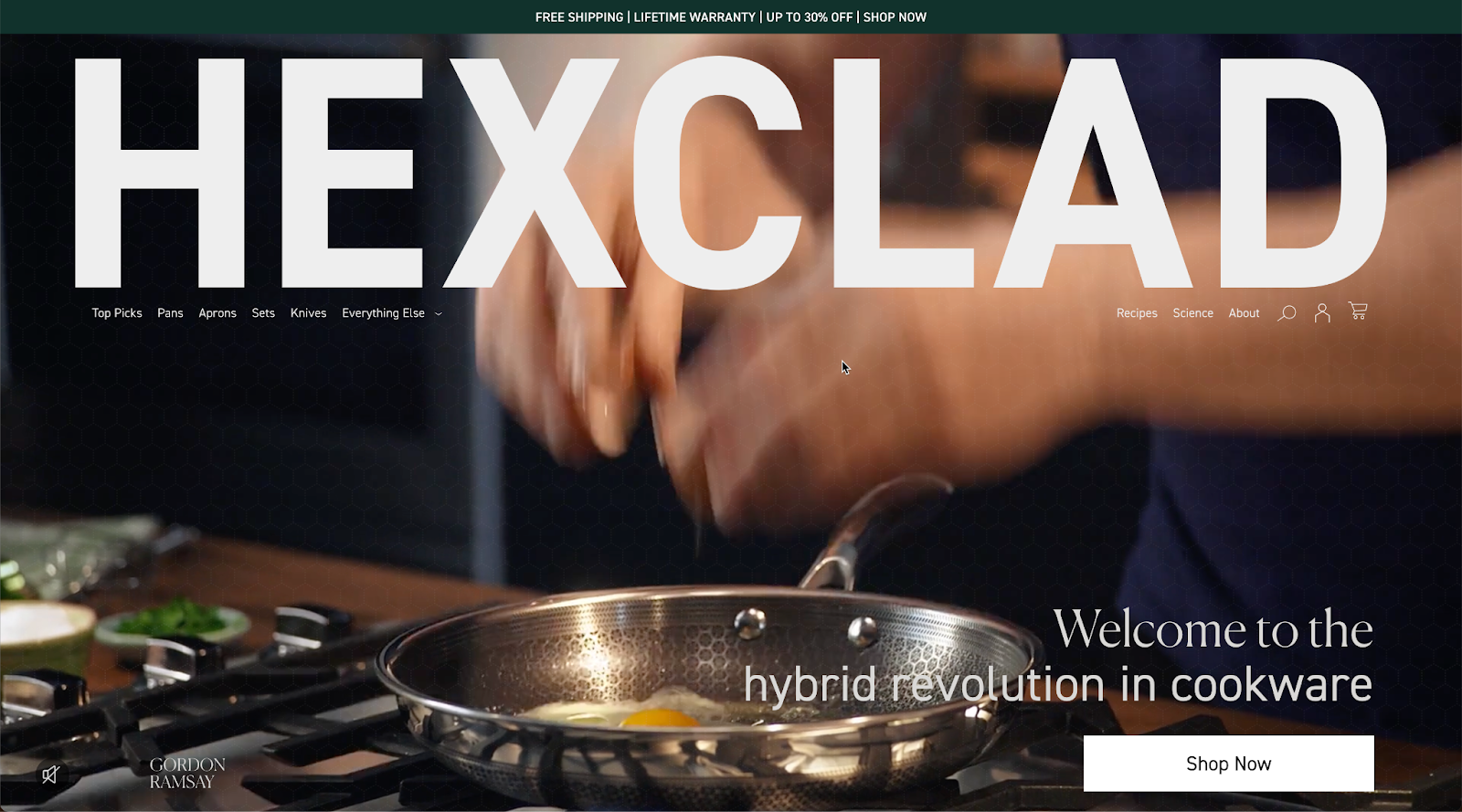
It sounds basic, but the reality is that good marketing can't fix a bad product. Everything from effective ads, retention strategies and extending the lifetime value for your customers, all revolve around the product itself.
Your product should solve a pain point for your audience, converting them into customers. They should also love using the product. This will get them to purchase from you again, while also telling their friends about you.
Everything, and I mean everything in ecommerce, revolves around having a good product.
2. Traffic Sources
Your marketing strategies will also affect your conversion, as the places you find potential customers will have varying degrees of success. For example, using a platform like Facebook will get you in front of more people, but it’s a broader market.
Oftentimes they’ll have never heard of your brand or have no idea what you do, so they are considered “cold traffic”. They’re less ready to buy.
On the flip side, gaining customers through a method like influencer or affiliate marketing may not have as much scale, but because the messaging is coming from creators that people trust the conversion rate will be higher. The traffic is warmer.
3. Ads
Next to your actual storefront experience, ads are probably the biggest determinant of conversion rate. They’re what make people stop, click through to your site, and prime them to make a purchase.
Here's what you need to consider:
Audience
Serving your ads to the right people is the first step. If you sell protein that is geared towards men, but you target women over the over of 55, you’re not likely going to get many sales.
Having the right audience who is ready, willing, and able to purchase your product is a key stake for getting a good conversion rate.
Creative
The creative, the ad itself, should clearly articulate your product, what it does and who it’s for. That comes before any storytelling or entertainment.
User generated content (UGC) is also a powerful lever to be able to sell your product – use customers to sell to potential customers. With the right creators, this can increase the click-through rate on your ads and get more people to the checkout page.
Copy
Whether it’s in the ad creative, a heading, a caption or a call-to-action, strong copy is a must. We’ll cover this more in the section right below, but concise, yet convincing, copy can make or break your ads.
4. Website & Landing Pages
Your digital experience is where the most noticeable gains in conversion rate can be found. Websites that perform well make the product easy to understand, any variations easy to choose, and actually purchasing the product straightforward.
Gone are the days of overly branded, “experiential” ecommerce websites. Heavy animations and transitions may look nice to you, but the increased page speed and loading times will detract customers from exploring your collections. Opt for clarity over cuteness.
Landing pages, such as advertorials and listicles, serve as the bridge between your ad and the product page where the customer can checkout. These standalone pages continue the conversation from what was said in the ad and further convince them that they need what you’re offering.
Think of landing pages like an infomercial – they’re longer than a commercial, but they’re similarly entertaining and educational. They’re what take a potential customer from skeptical but curious to entering their credit card details.
5. Pricing & Offer
Your pricing will be determined by your positioning in the market. For some brands that means being a little more affordable, while for others it means being well above the competition. Either way, the customer needs to perceive the value of your product.
This is the offer. How much does your product cost and what are they getting? Good offers that convert well make the customer feel like they’re getting plenty of value for what they’re paying.
This could be in the form of a free gift with purchase, discounts, special access, or even the status that upscale brands bring. Offers typically, but not always, mean more stuff for less. But sometimes a brand can be so good that simply having access to it is enough. (Think Supreme or the latest pair of Air Jordans.)
A good offer makes every other piece of your funnel, and by default your conversion rate, more efficient.
6. Shipping
In the age of Amazon, it’s certainly hard to compete with the free two-day shipping that Prime members receive. But, you can still find ways to increase your conversion rate with shipping. Here are a few ideas:
- Free Shipping: Even if you can’t get it to the customer in as little as two days, free shipping will still boost sales. Research from ecommerce funding company Clearco says that 78% of consumers are willing to buy more things to qualify for free shipping. This means that free shipping is important to people. Either bake it into your pricing to maintain your margin or set an amount that people need to spend to qualify.
- Tracking: Use a tool like Route or Narvar to keep customers informed about shipping dates. To increase your conversion rate, let the customer know while they’re shopping that they’ll be able to track where their package is.
- Returns and Exchanges: Buying online can be scary. Offering simple returns and exchanges gives peace of mind. Route, and other tools, let customers buy insurance on their package for a very small price.
7. Satisfaction Guarantees
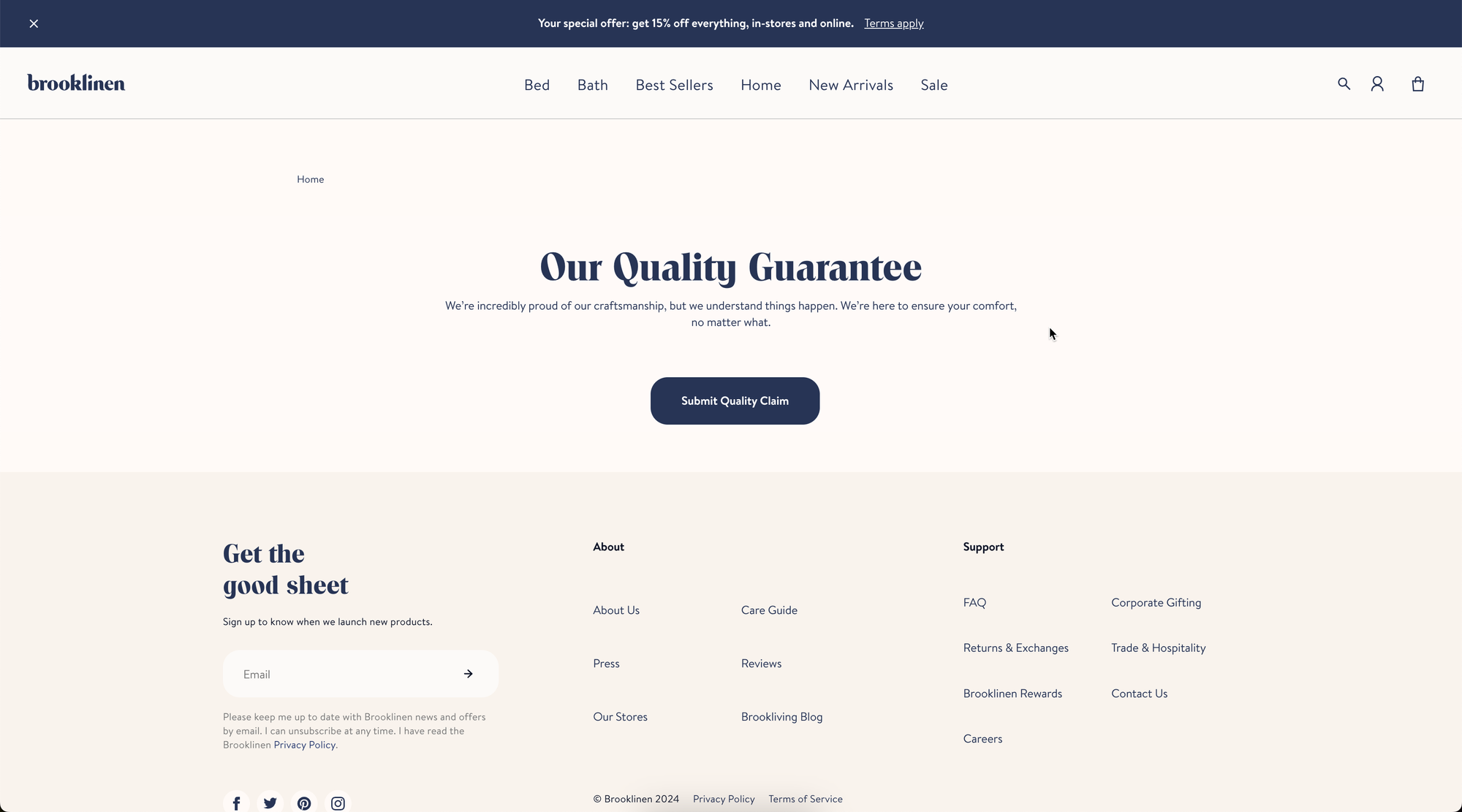
For new brands especially, people aren’t 100% convinced that your products work. Guarantees like no-questions-asked or 30-day money-back policies will give potential customers more confidence in what they’re purchasing.
8. Buy with Prime & Smartphone Pay
Although they’re newer technologies, customers are already accustomed to paying with their phones in one click. Apple Pay and Google Pay are quick, safe and simple.
Amazon’s Buy with Prime is a service that allows ecommerce store owners to add a checkout button to their own website so that Prime customers can purchase items with the same information they use on Amazon. On average, Amazon says that Buy with Prime increases shopper conversion by 25%. That’s a lot.
9. Product Images
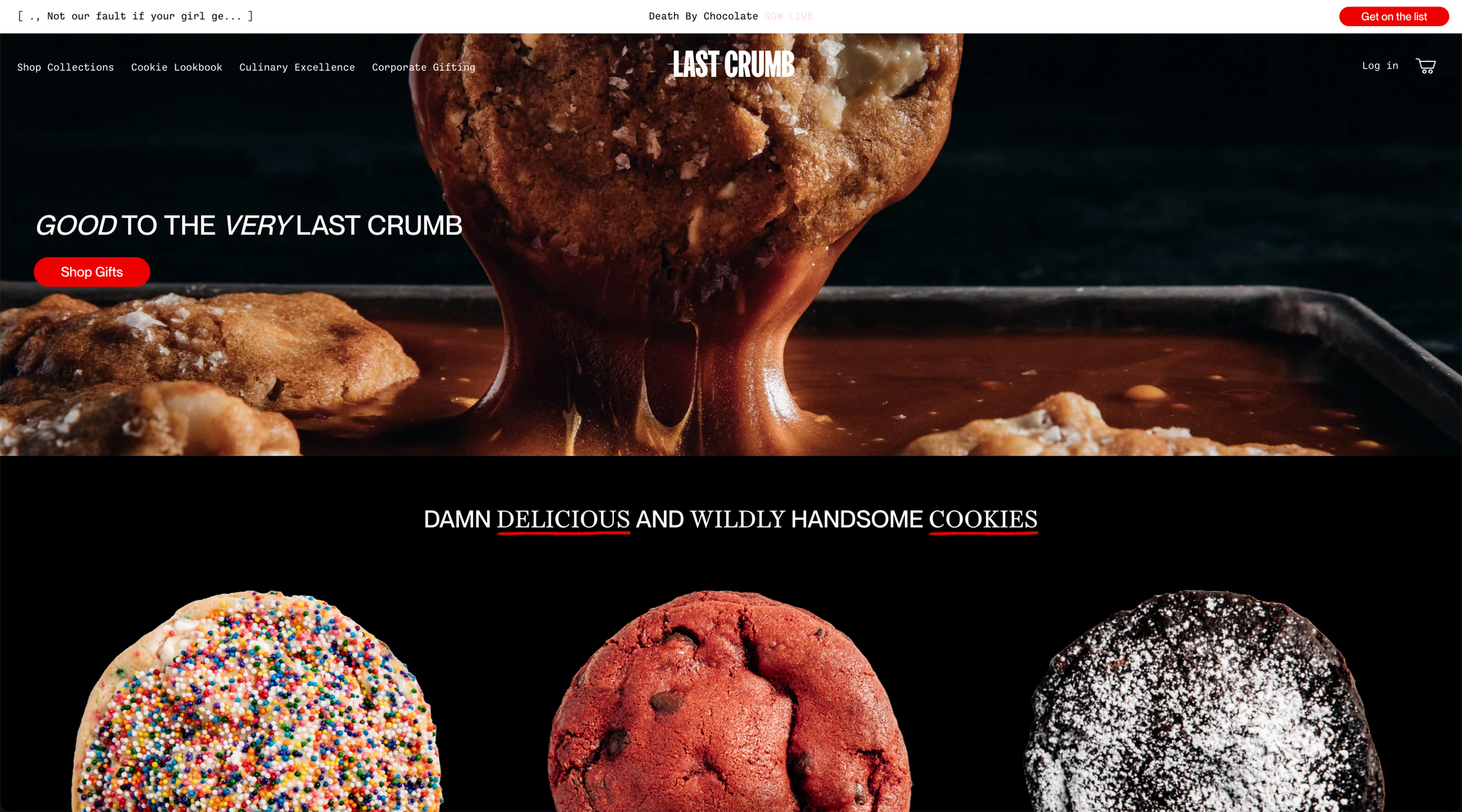
Have you ever heard the expression “People eat with their eyes first?” This is especially important for food and beverage businesses, where beautiful photography is a must. If your images don’t look good on your website, customers won't be convinced to purchase.
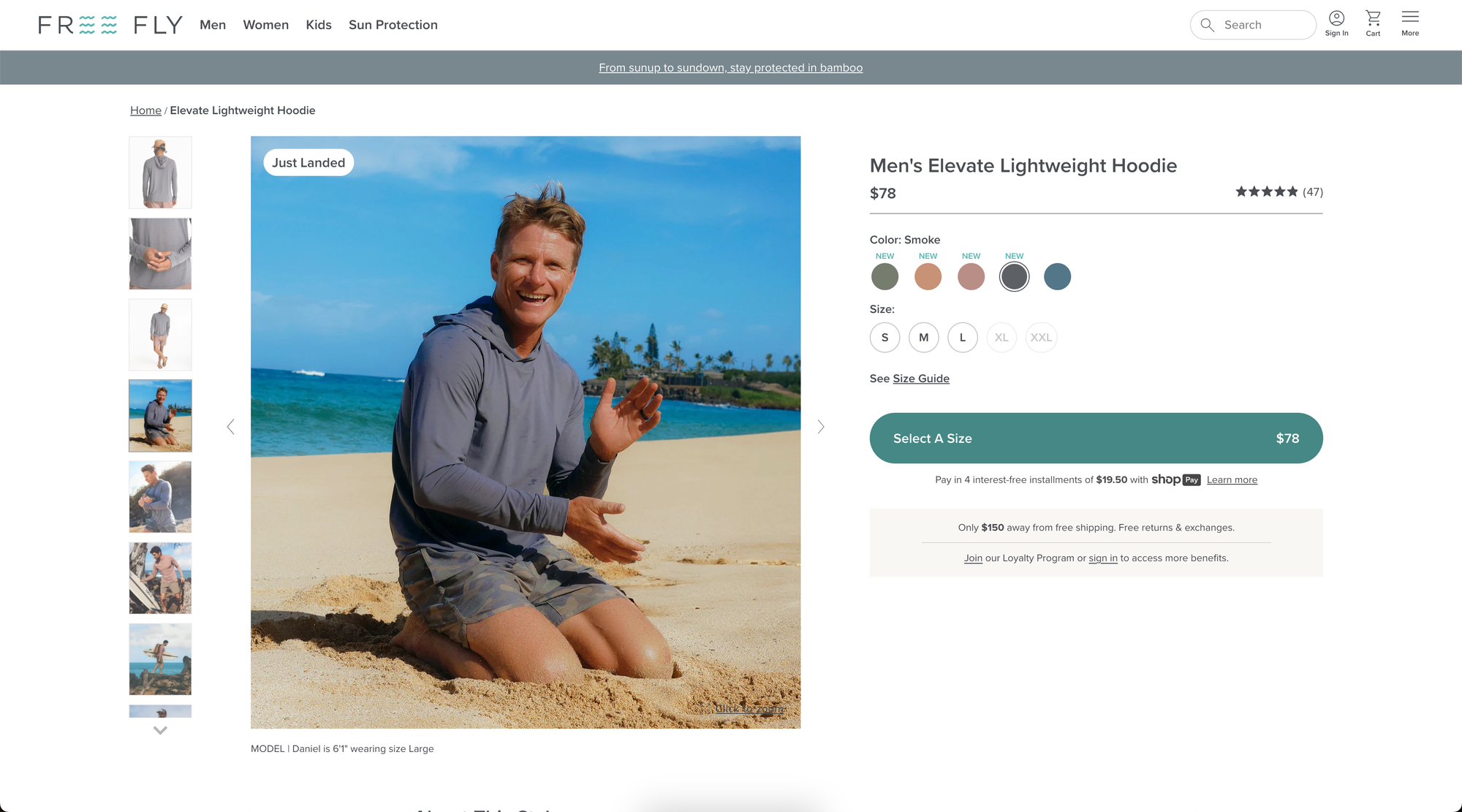
Use clear photography or detailed AI images to show your product in action and with all of its features in use. Bonus points for images that involve people —remember that humans buy from humans.
10. Good Call to Action
An ecommerce shopping experience that doesn’t have a call to action is like cold calling a prospect and just having a nice conversation with them. Do not be afraid to sell!
If a customer clicks on your ad, ends up on your landing page, or visits your website, they’re at best ready to buy that minute and at worst interested in learning more.
It’s good practice to sprinkle calls to action in places where a big value proposition is made. For example, “Our protein powder has 24 grams of protein per serving, this is 20% more than our competitors” -> [BUY A TUB NOW]
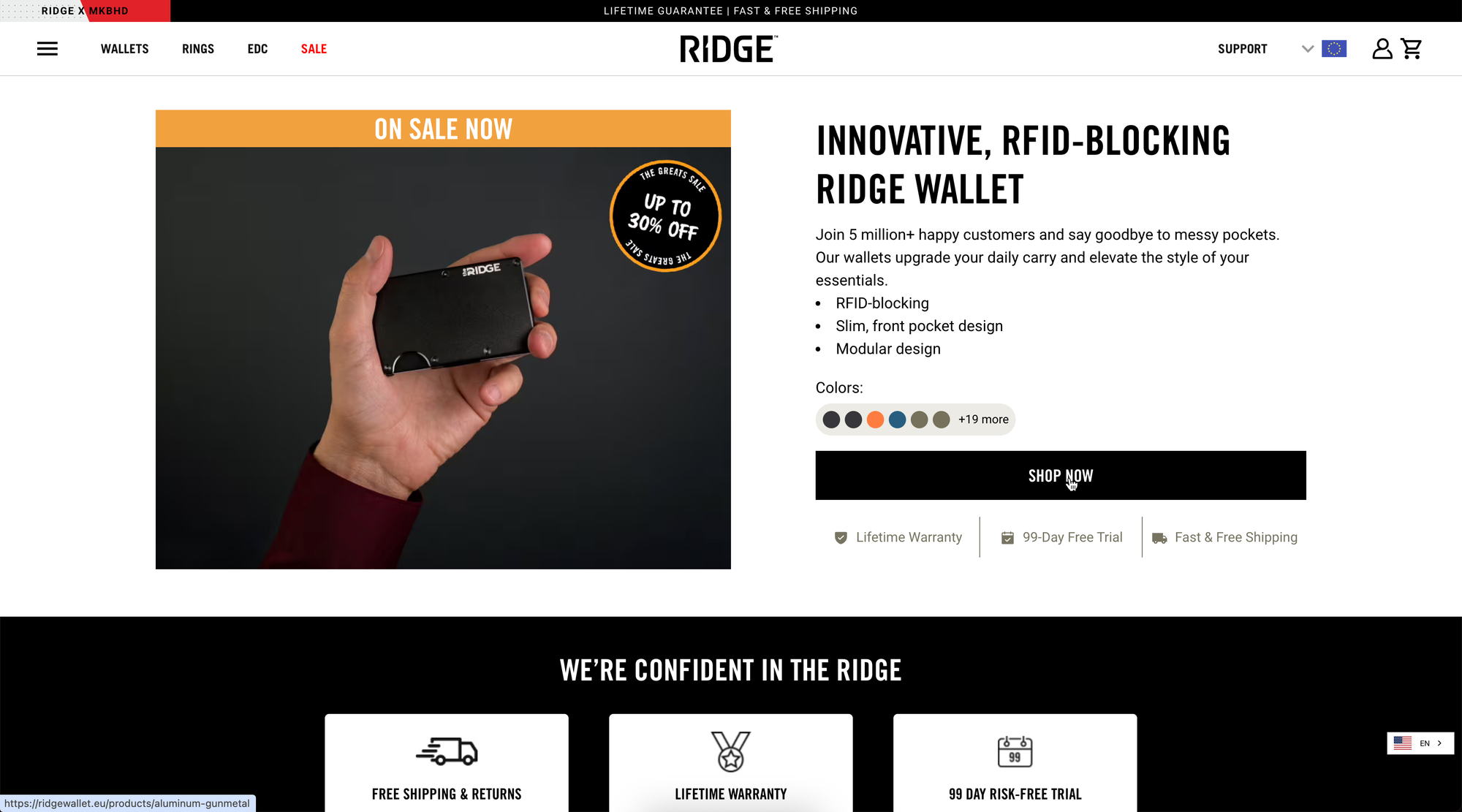
The goal is to build up enough intrigue and then strike while the iron is hot. There’s no magic formula for the number of calls to action on a certain page, ad, etc., but you’ll find the right amount as you test.
11. Social Proof
People are much more willing to buy something if it comes recommended. In the same way that warm introductions between friends are better than simply walking up to a random stranger, brands that have the backing of real people convert better than brands that are unknown by the general public.
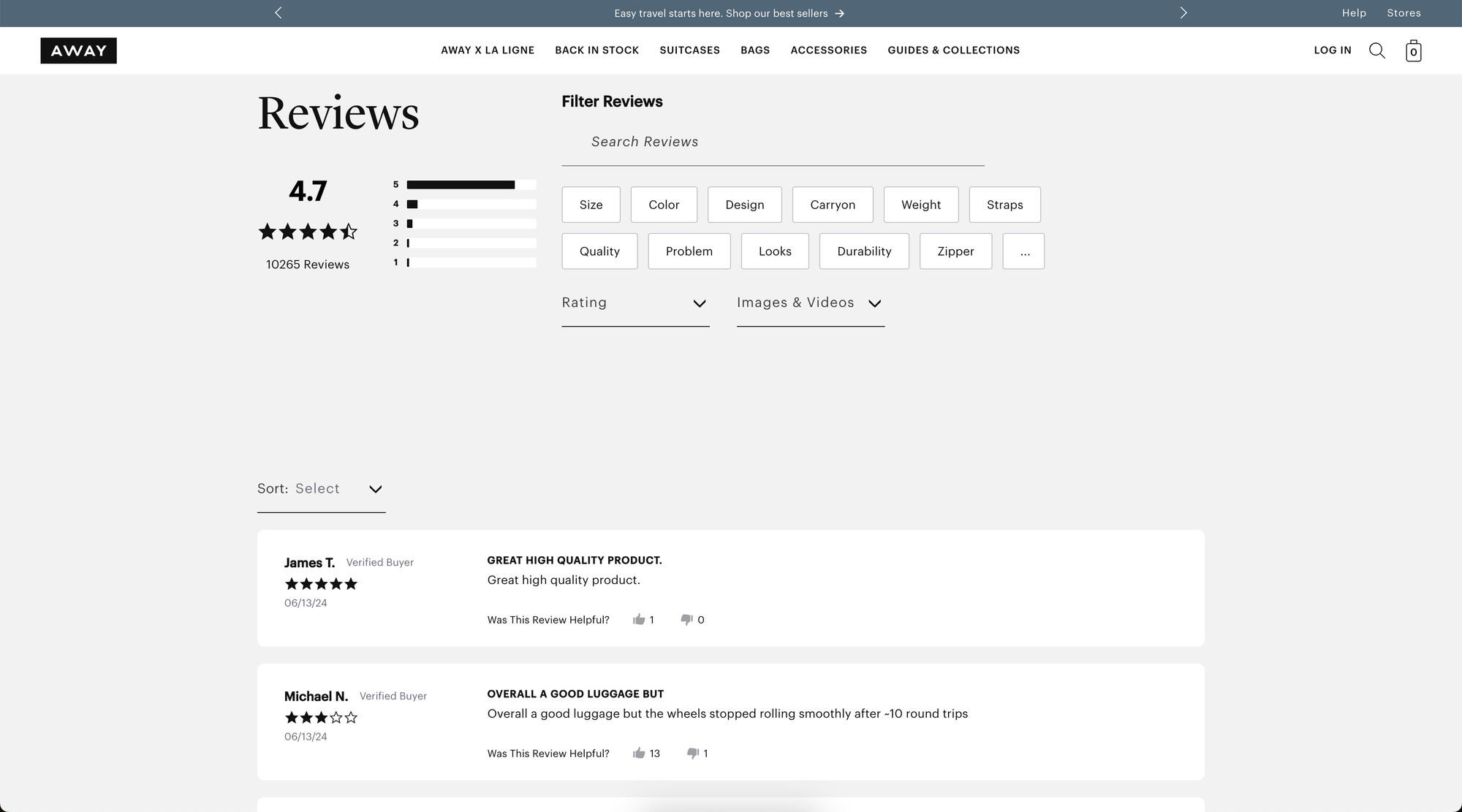
This is why brand awareness and identity, customer testimonials, and celebrity backing is so important. When a customer buys something, make sure you have a solid process in place for getting reviews.
Customer reviews can be used in ads, on landing pages, and on product description pages to further instill confidence in potential customers. The better the customer testimonials… the better the conversion rate.
12. Customer Service
How well you treat your customers and handle their questions is another piece that feeds into social proof. If you respond to customer enquiries quickly and kindly, you’ll start to build a reputation as a brand that cares about the people who spend their hard-earned money with you.
And service doesn’t just happen after a purchase has been made. You can use channels like your social media page to respond to comments and DMs and provide value while simultaneously continuing to sell.
Great customer service probably won’t impact your business overnight, but in the long run, your stellar reputation will lead to more sales.
13. Abandoned Cart Marketing
What happens if you hit all the right notes, but the customer still isn’t ready to buy? Well thankfully, you can still land the sale.
There are several methods for communicating with browsers who didn’t make a purchase. You can retarget them via ads (by installing a platform like the Facebook pixel on your website) or if you have their contact information, you can get in touch with them directly.
At various stages of the funnel, whether it’s the first time a customer lands on your website or when they add something to their cart, you can collect data from them. For example, entice them with pop-ups offering 15% off if they subscribe to your email list.
Abandoned cart email and SMS flows are a simple way to get people who were close to making a purchase back to your site.
14. Subscription Programs & Discounts
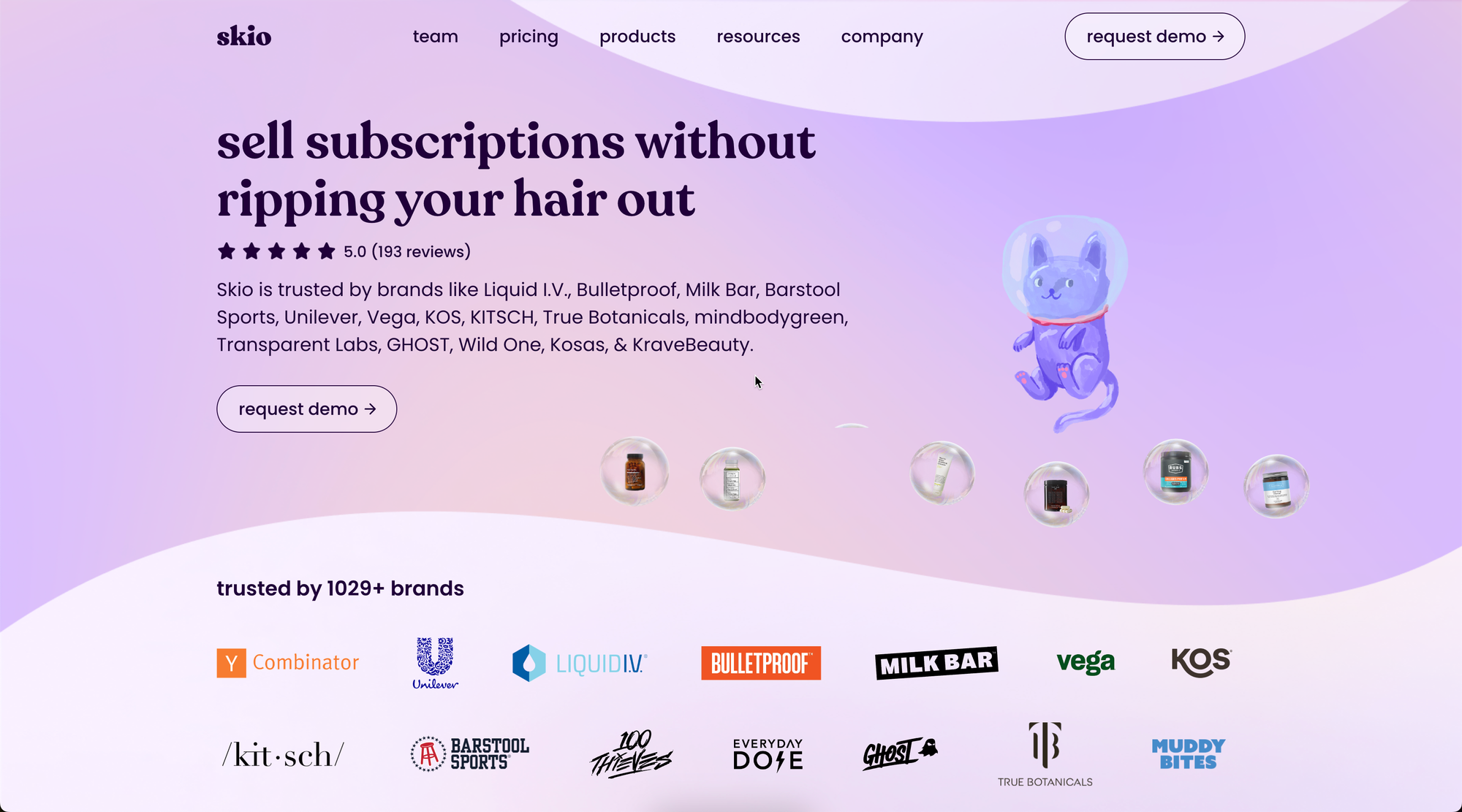
One of the easiest ways to get more sales is by simply charging less money. Now, there is a strong balance to keep in mind here.
You don’t want to become a brand known for always having sales, that’s called a “discount brand”. The main reasons for this are that you won’t be able to get people to buy at the full price, and also, the perception of quality that customers have will go down.
Sales aren’t always bad, but be careful.
If you’re looking to incentivize purchases through discounting, another option is through subscriptions. Though, this only works for products that need to be replaced frequently like food, skincare, cleaning products, and more.
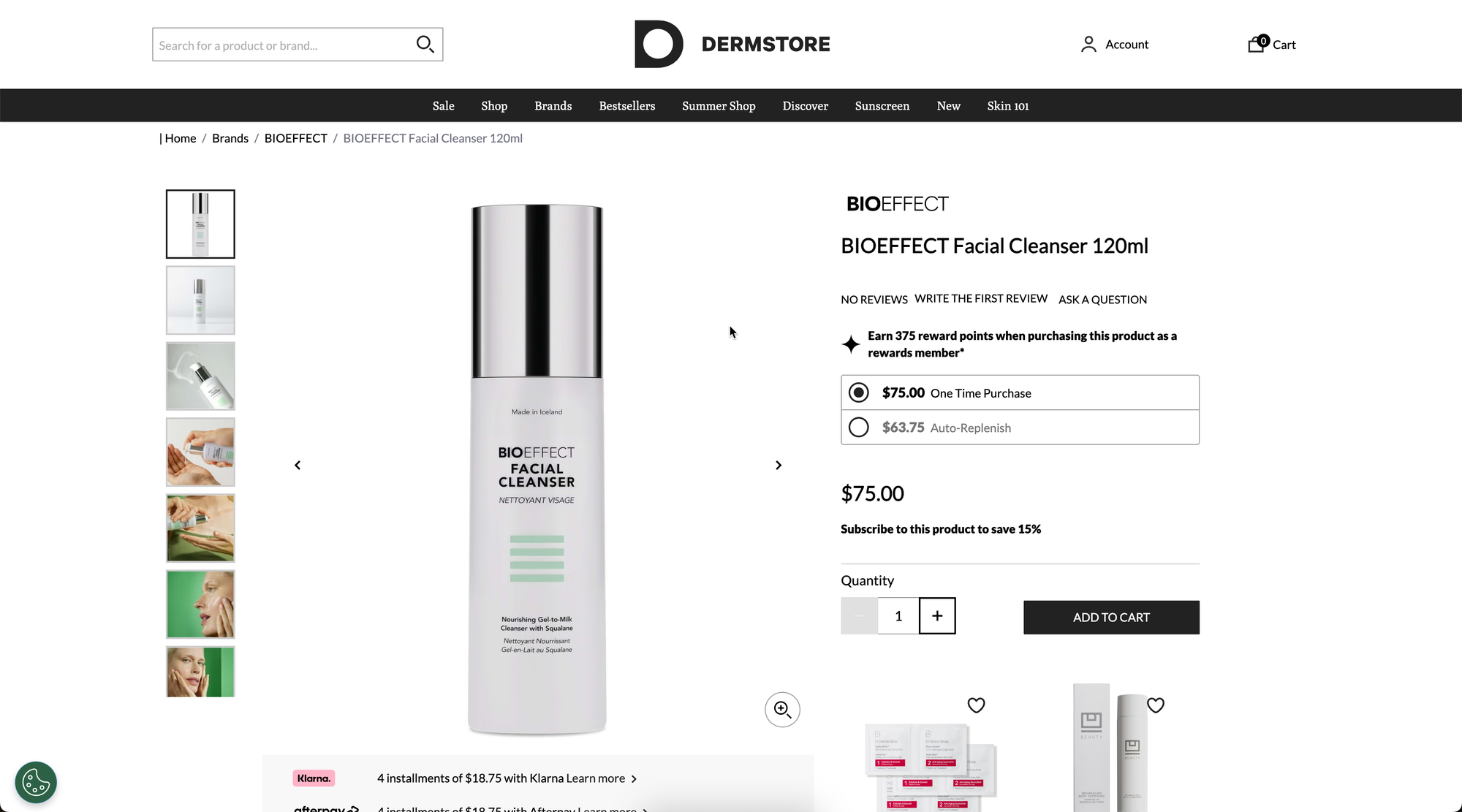
Common offers like this are subscribe and save 10-20% or free shipping on every order. When you have a great product that people consistently need, this can work wonders, while also increasing that all-important recurring revenue number.
Why Should I Optimize My Conversion Rate?
If it’s not obvious yet, increasing your conversion rate makes you more money. Conversion rate makes your marketing more efficient (more profitable) and gives you more budget to spend on growing your product line and targeting more people who would be interested in buying from you.
Boost Your Conversion Rate With Your Very Own whop
At Whop, we understand the importance of conversion rate when it comes to increasing your sales. That's why we have designed our all-in-one-platform platform to help. By creating a whop, you can build a community, handle customer feedback and service, and create tangential digital products and services that keep your customers coming back for more.
We also have 24/7 customer service if anything comes up and handle multiple payment methods including buy-now-pay-later and crypto. Best of all, we only charge a 3% transaction fee.
Sign up to Whop today, create your own whop, start building your social proof and watch your conversion rates soar.
Why You Should Trust Us
Joe Niehaus is a content writer and ecommerce expert at Whop. He has been in ecommerce for several years, helping manage affiliate programs for multiple nine-figure brands, building landing pages, and writing copy that helps businesses generate more leads. Throughout his career, conversion rate has been a key area of focus, especially when building sales funnels for large ecommerce brands where even the smallest percentage increase in conversion rate can equate to thousands of dollars.




![57 Best Digital Products to Sell [2024]](/blog/content/images/size/w600/2024/02/Best-Digital-Products-to-Sell--2024---1-.webp)
